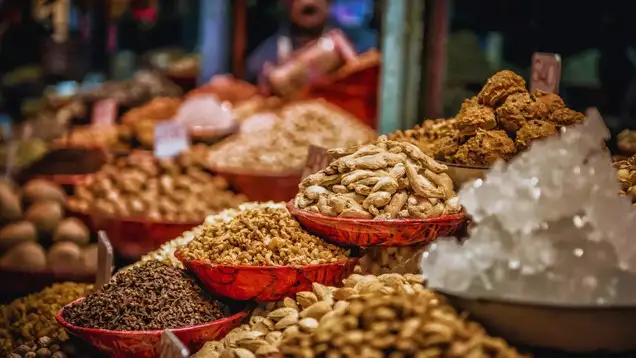
Why India Is a Global Leader in Wholesale Spice Trade
India, often referred to as the land of spices, holds a dominant position in the global spice market. As one of the largest producers and exporters of spices in the world, India offers an unparalleled blend of geographic diversity, traditional agricultural knowledge, superior product quality, and competitive pricing—factors that together make the country a top destination for wholesale spice buyers worldwide.
What Makes India a Premier Global Spice Hub?
India’s rise to prominence in the spice industry is not coincidental; it is the result of centuries of cultivation expertise, favorable climatic conditions, and strategic investments in export infrastructure. Let’s explore the key factors that contribute to India’s stronghold in the global spice trade.
1. Geographical Diversity
India’s vast and varied landscape—ranging from tropical coasts to mountainous highlands—provides ideal growing conditions for a wide range of spices. States like Kerala, Karnataka, Tamil Nadu, Andhra Pradesh, and Sikkim are renowned for cultivating specific spices such as:
- Black Pepper – Thrives in the humid, shaded regions of South India
- Cardamom – Grown in the cool elevations of the Western Ghats
- Chilli – Cultivated extensively in Andhra Pradesh and Madhya Pradesh
- Ginger and Turmeric – Flourish in the rich soils of the northeast and southern states
This geographic advantage ensures a consistent and diverse supply of high-quality spices throughout the year.
2. Traditional Knowledge and Expertise
Spice cultivation in India dates back thousands of years, with farming techniques passed down through generations. These traditional methods, often supplemented with modern innovations, contribute to the enhanced flavor profiles and quality of Indian spices.
Local farmers and producers have developed specialized skills in harvesting, drying, and processing—resulting in spices that retain maximum aroma, color, and medicinal value.
3. High-Quality Produce
Indian spices are globally celebrated for their potent aroma, vibrant color, and distinctive flavor. Quality control measures, both traditional and scientific, ensure that only the best produce reaches export markets. Organizations like the Spices Board of India enforce strict standards that help maintain the country’s reputation as a premium spice exporter.
4. Competitive Pricing
India’s large-scale cultivation, combined with a well-established supply chain, allows it to offer competitive prices in the global market. This affordability makes Indian spices an attractive option for bulk and wholesale buyers, without compromising on quality.
5. Robust Export Infrastructure
India has invested significantly in developing efficient export logistics and regulatory frameworks to support global trade. With major ports like Mumbai, Chennai, and Kochi dedicated to agricultural exports, the country ensures timely and cost-effective shipping of spices to destinations across North America, Europe, the Middle East, and Asia.
Moreover, digital trade facilitation and compliance with international safety standards have streamlined the export process, making India a reliable trading partner.
6. Growing Global Demand
The increasing global interest in natural health and wellness, coupled with the popularity of Indian cuisine, has fueled a surge in demand for Indian spices. Spices like turmeric (for its anti-inflammatory properties) and ginger (for digestion) are being recognized as functional foods, boosting their global appeal.
India’s ability to meet large-scale demand while maintaining consistent quality makes it a go-to supplier in both retail and industrial segments.
7. Value-Added Processing
In recent years, India has expanded beyond raw spice exports by investing in value-added processing, such as spice blends, essential oils, extracts, and ready-to-use masalas. This not only opens up new market opportunities but also allows Indian exporters to cater to premium and health-conscious segments of the global market.
Conclusion
India’s dominance in the global spice trade is rooted in a powerful combination of natural advantages, cultural heritage, and strategic investment. From sourcing aromatic cardamom in the hills of Kerala to exporting high-curcumin turmeric worldwide, India offers wholesale spice buyers quality, reliability, and unmatched variety.
For businesses looking to source spices at scale, India remains a premier destination—both for traditional excellence and innovative spice solutions.

